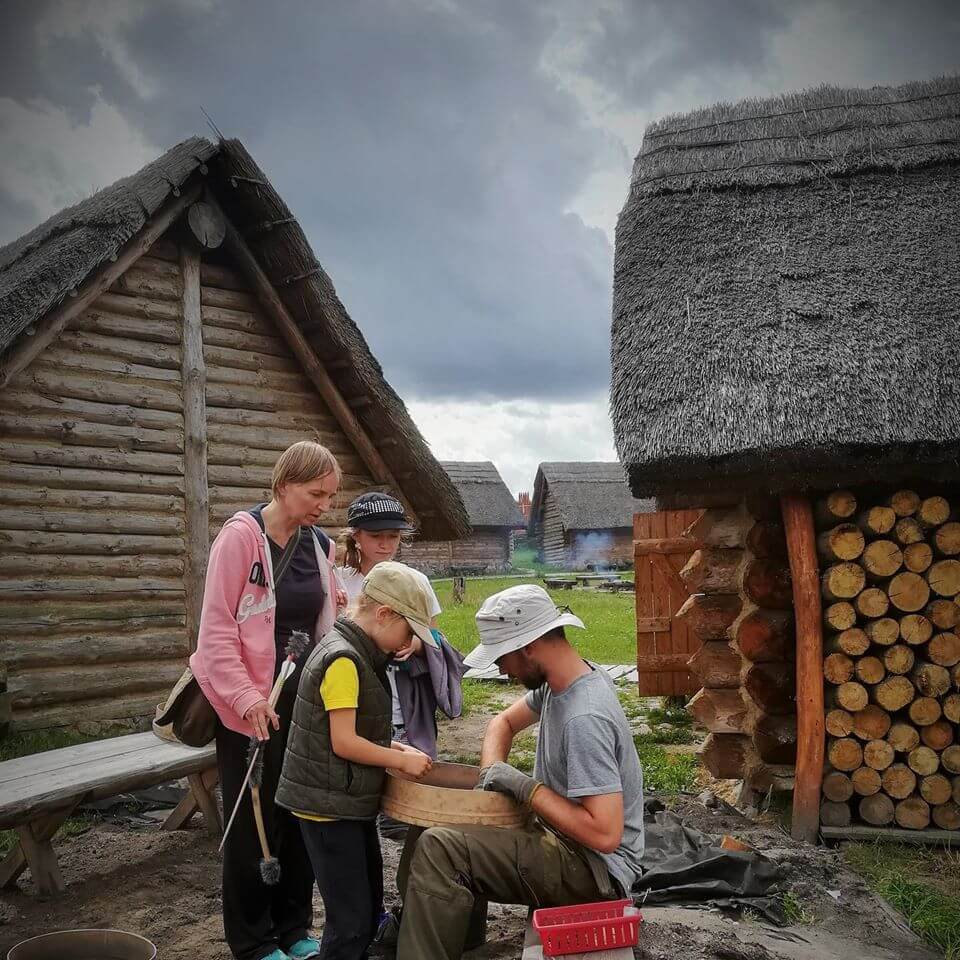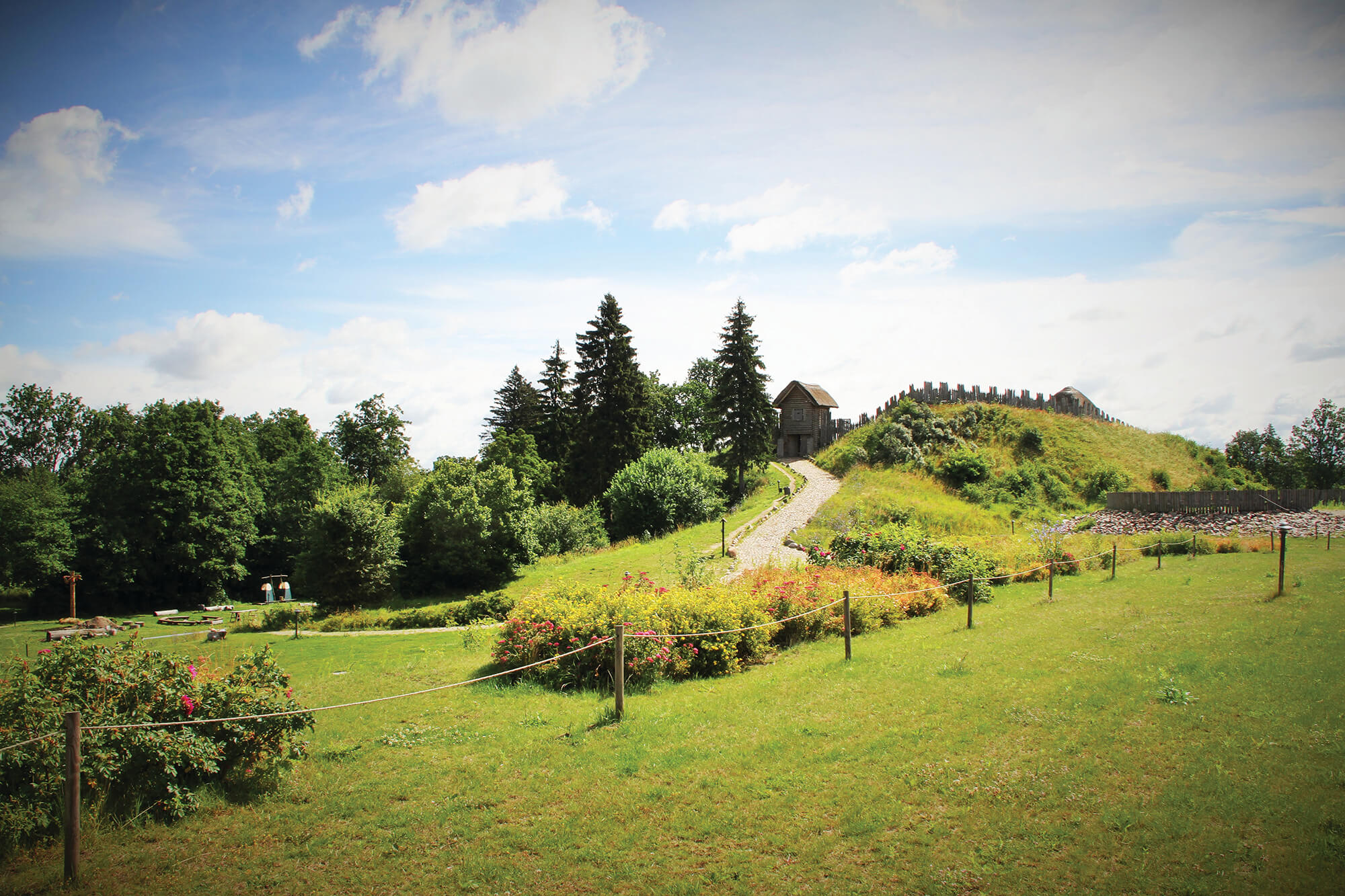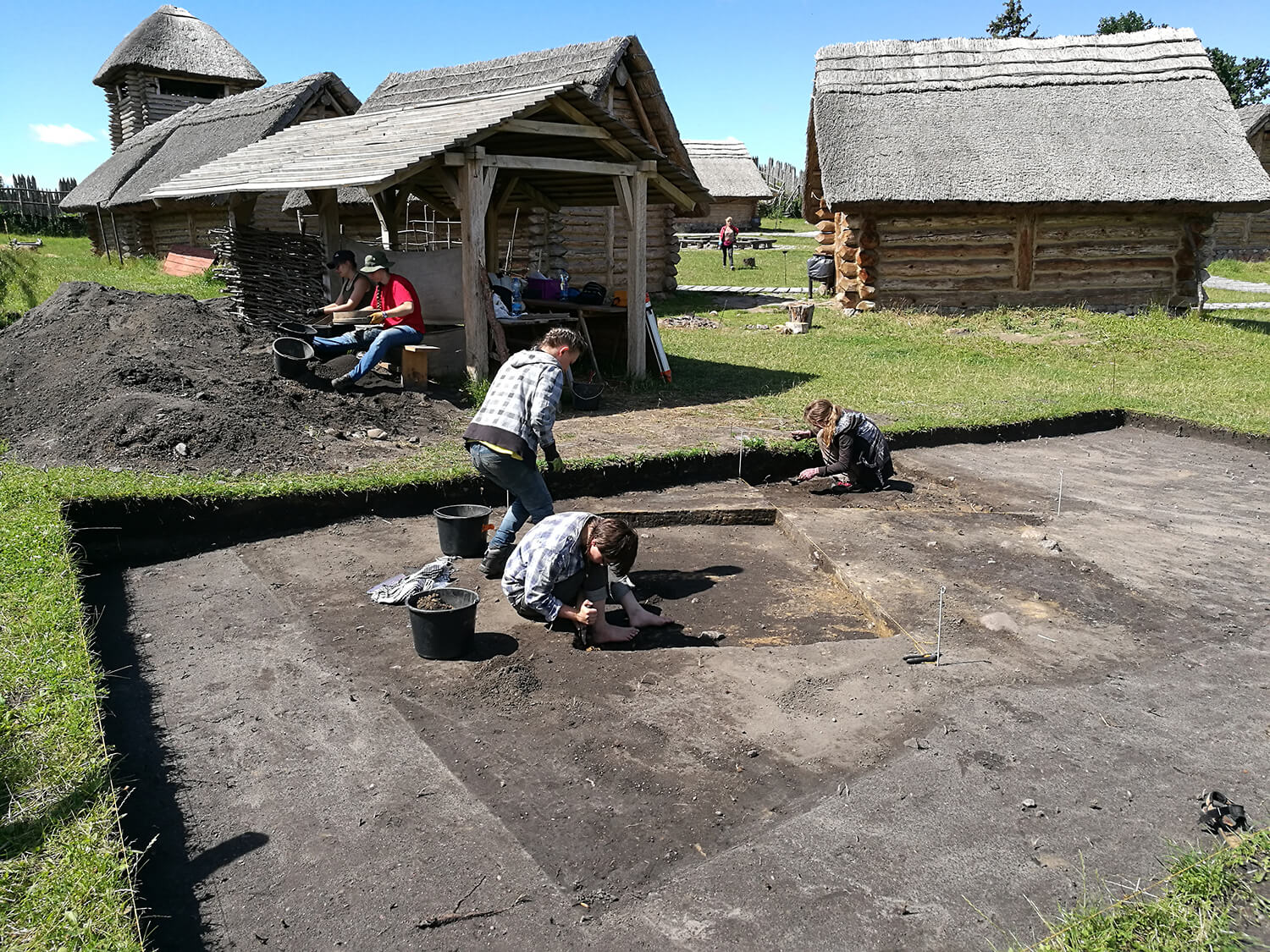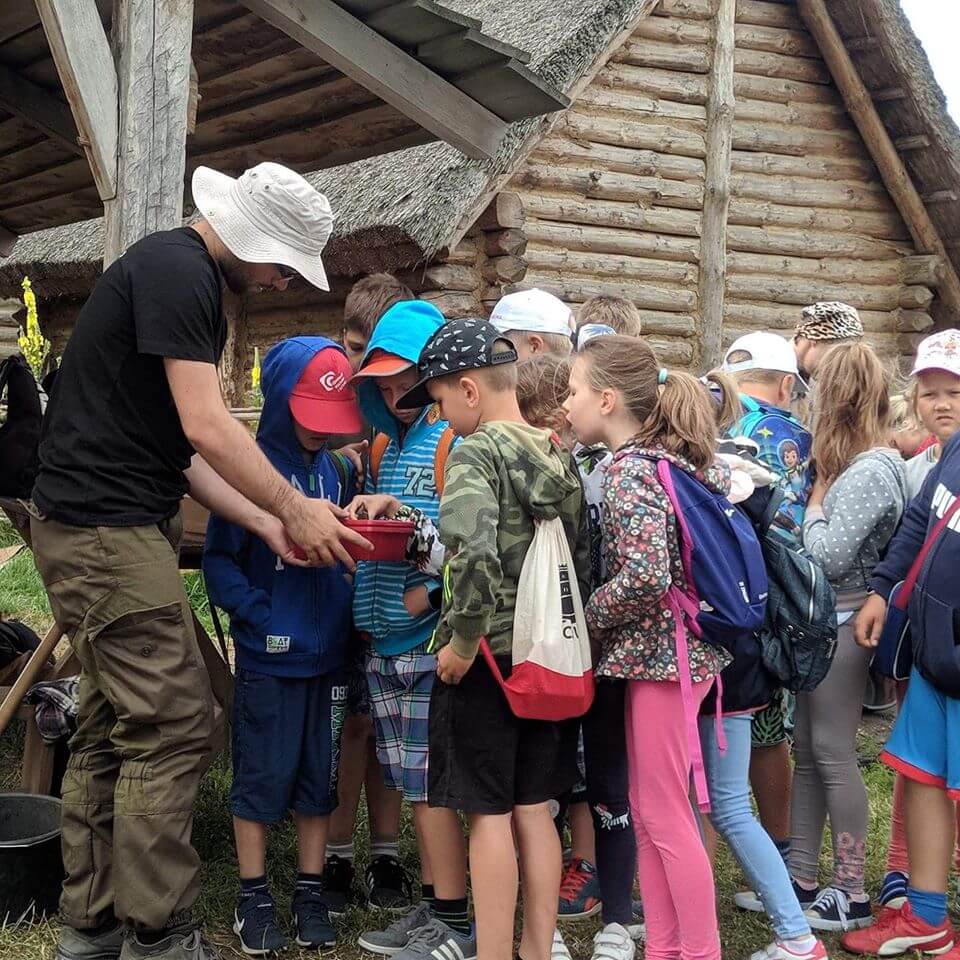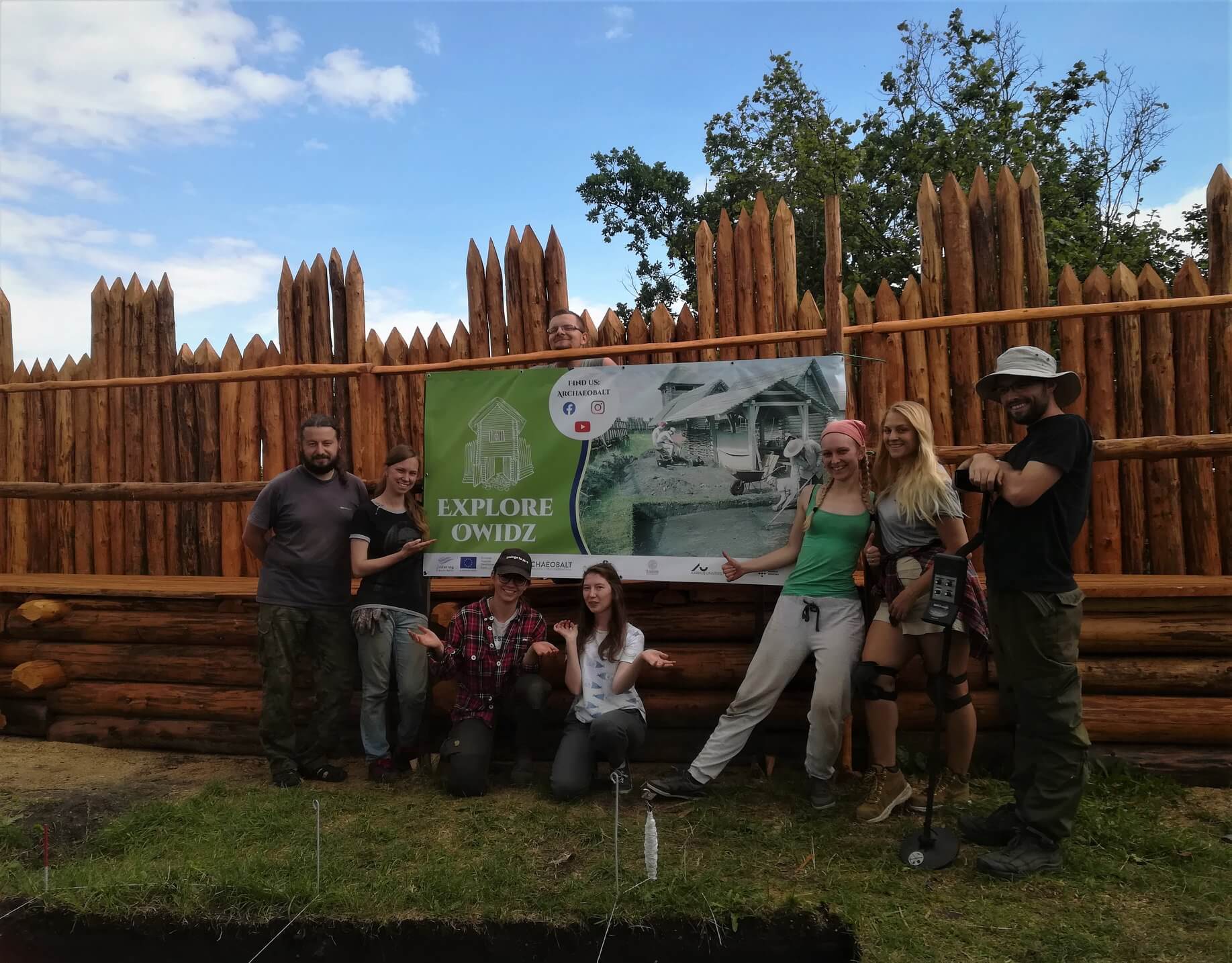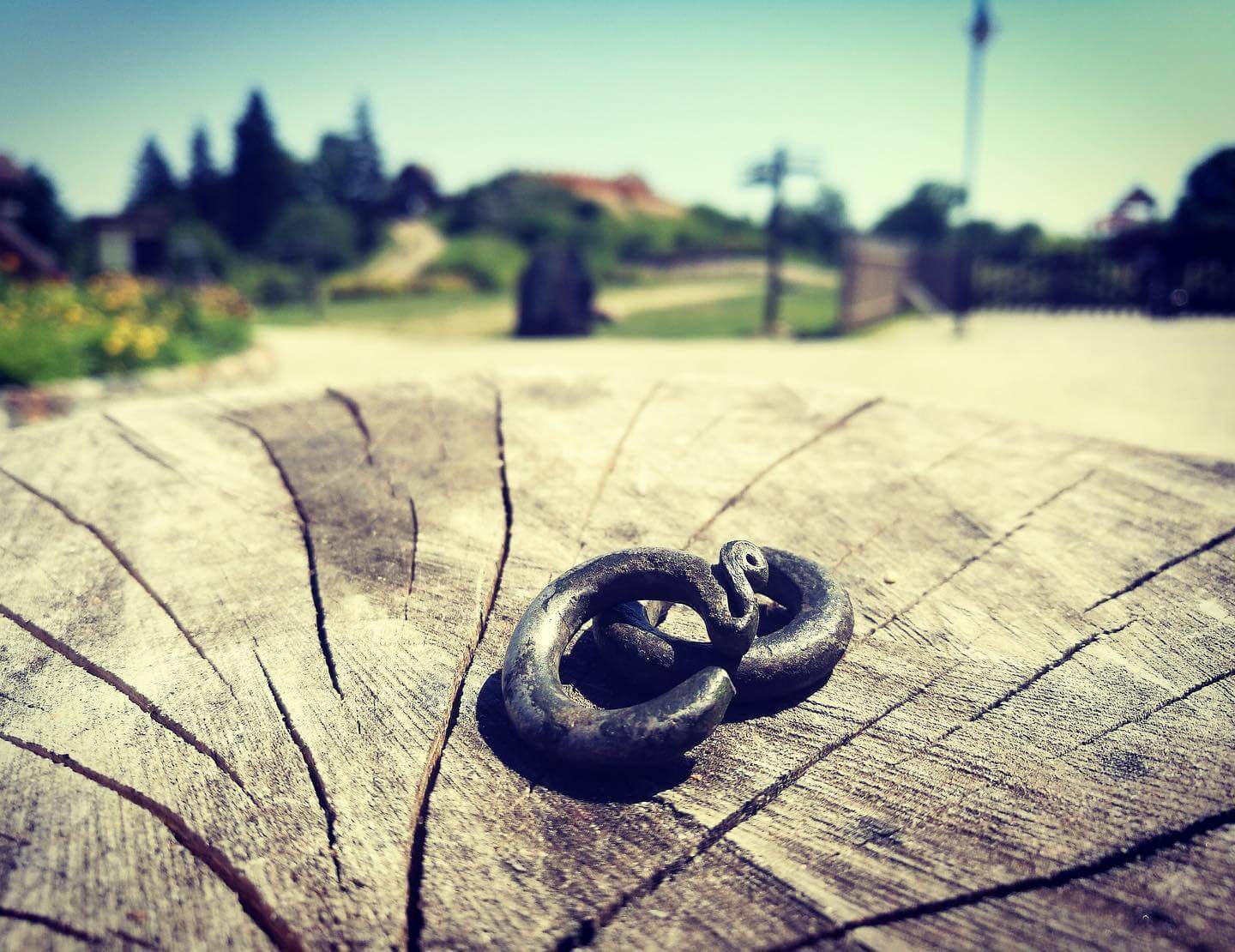
Owidz Stronghold, Poland
During the 10th and 11th centuries in the area of present-day Poland and Pomerania, many defensive structures were built, surrounded by a wood-and-groundshafts and a palisade at created strongholds. They were located in naturally defensive places, e.g. on hills, islands or at the fork of rivers. The strongholds had various functions. They were the places where the ruling elite exercised power in their territories. Some of them were created in place of pre-existing tribal center or centers of pagan worship. Overtime, some of them have evolved into modern cities, as is the case of Gdańsk.
An important element for the functioning of the strongholds could be trade exchange and their connection to a trade route, which was the main reason for Owidz’s development.
Owidz is one of the largest stronghold in Eastern Pomerania. It is situated in the meander of the Wierzyca River on an isolated hill, however, it was an important place of local power and religion. The stronghold was definitely in place in the 11th century, although it may date back to the 10th century. This was the time when lands in the Wierzyca basin, together with the entire Gdańsk Pomerania, became part of the first Piast dynasty.
During this period, there were 29 strongholds along Wierzyca (about 40 km) and one of the most important was Owidz.
The strongholds like Owidz constituted the baseline of an early medieval road system. Large centers could only function if they maintained good connections between themselves and subordinate, peripheral points. An important, unobstructed node was located a few kilometers from the Starogard. A route called “the route of merchants” (via mercatorum) ran through both towns, leading from Greater Poland to Gdańsk and the Baltic, it constituted the most important trade route in this area.
Residents used the convenient location of these stronghold and drew significant profits from them. The extent of the trade exchange is evidenced by coins discovered during excavation e.g. 11th century denars from lower Germany, a weight, fragments of silver jewelry. Owidz’s residents were above all craftsmen. They were involved with pottery, blacksmithing, road construction, processing of amber and weaving.
During the last season of excavation, traces of old beliefs were discovered such as the miniature amulet made of iron (hatchet) and sacrifices – such as a dog skull located near the hut entrance. The last find is rare. Putting food or animals in the corners of the house or on the threshold during the construction was a custom often used by the Slavs. Such rituals was supposed to ensure protection and prosperity to the household’s inhabitants, as well as guarantee the favour of house spirits
At the end of the 11th century, the stronghold was burnt. It was probably destroyed in 1090 at the behest of Władysław Herman, who then destroyed a large part of Pomeranian strongholds in order to prevent local rebellion. Despite its destruction, Owidz continued to function to some degree. In the 12th century it performer only defensive functions. When the Teutonic Knights took over the area in the 14th century, Owidz lost its significance. The administration of the Teutonic Knights was based on a parallel network of contour castles, so the strongholds became a relic of that time.



